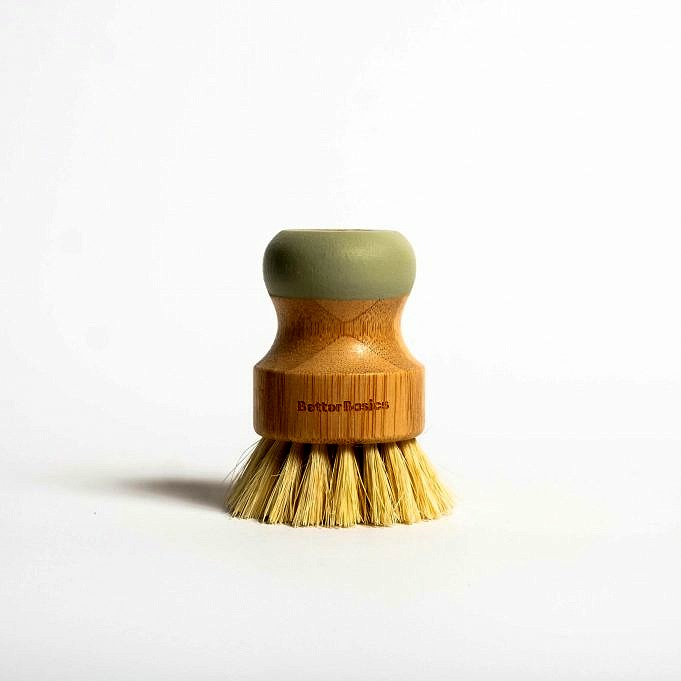Finishes that Pop, the DVD that walks through the finish process I use on my fine furniture, is shipping and available from Woodworkers BookShop (Click here to make your purchase). In the DVD I describe the steps used to apply aniline dye, boiled linseed oil (when advantageous) and topcoat my projects. Shellac is my favorite topcoat. I suggest you spray the finish with an HVLP (high volume, low pressure) setup , good units are available at reasonable prices , but I also discuss how to apply shellac with a brush.
I use flake and mix the shellac in the shop (of course that process is explained), but Im not opposed to traipsing into my hardware store to purchase and use pre-mixed shellac. It is fine to use as long as it has a good date.
But one area in which I dont take shortcuts involves my brushes. I dont use chip brushes. I dont use foam brushes. A good quality brush is what I prefer. I say, A 25-cent brush is going to deliver a 25-cent job. Im going to spend for a real badger-hair paintbrush; you dont need to go that far. However, I would buy a brush that is in the same range. After each use, clean the brush thoroughly.
Ive discussed this with finishing expert, Bob Flexner. In his book Understanding Wood Finishing (Readers Digest), Flexner says, A good-quality brush is important if you expect good results. In fact, Zinsser, the manufacturer of Bulls Eye shellac, recommends using a 5 cm or 8 cm china-bristle brush or a high-quality synthetic-bristle brush.
You shouldn’t skimp on a brush for your finish.
Flexner gave me a great tip: Clean your shellac brushes with a 50-50 mix of water and household ammonia to get the best results.



